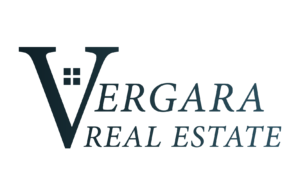Metro Phoenix Homeowners Rank No. 2 For Home Wealth Gains
Skyrocketing home values in the Phoenix–Mesa–Scottsdale metro area have increased homeowner’s wealth by 118% in the past 5 years. In fact, Phoenix saw the 2nd most significant percentage increase in wealth from homeownership in the country. Over this period, homeowners in the area saw average home wealth gains of $256,600.
A new report by our team, a real estate marketplace, highlights the cities with the most significant wealth gains from home ownership over the last five years.
Here are the primary data points for Phoenix–Mesa–Scottsdale, AZ:
- Median Home Sales Price in 2022: $474,500;
- 5-Year Housing Wealth Gains (Since 2017): $256,600;
- % Change in Housing Wealth Gains: 117.8%;
- % Change Home Price Appreciation: 99.5%;
- 5-Year Annualized Growth: 14.8%.
The American real estate market has seen a significant share of turbulence, but the two years following the pandemic saw the sector achieve historic gains. Now that the real estate market is starting to stabilize thanks to the Fed’s fight against inflation, the economic aftermath of its recent trailblazing is worth examining.
The report shows which cities have seen the greatest gains of wealth due to the appreciation of home values. It highlights the top 25 cities in the United States with the most significant increase in the value of homes over the last five years.
The data shows a positive trend in housing wealth gains over the previous five years in the United States, with many cities experiencing significant appreciation in the value of their homes.
Read on to discover which metros have seen the most wealth appreciation due to homeownership over the past five years.
National Outlook:
- National Median Home Sales Price in 2022: $368,000,
- 5-Year Housing Wealth Gains (Since 2017): $155,400,
- % Change in Housing Wealth Gains (Since 2017): 73.1%,
- % Change in Home Price Appreciation: 58.5%,
- 5-Year Annualized Growth: 9.7%










